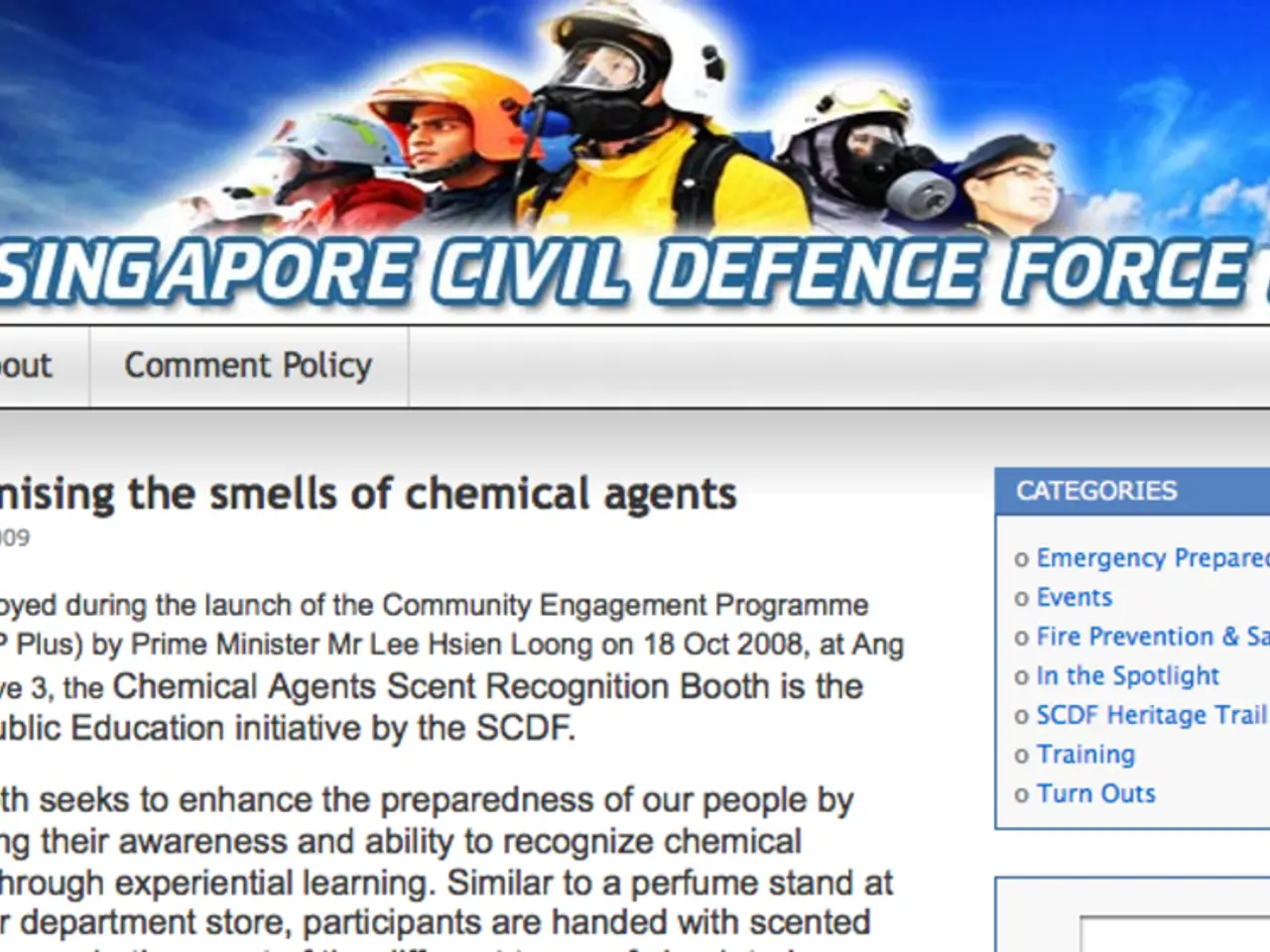Kazakhstan initiates nationwide survey on higher education ratings among its citizens
In a bid to assess the quality of higher education and the effectiveness of university development spending, the Higher Auditing Chamber of Kazakhstan has launched a survey as part of an audit. The survey, open to everyone, aims to provide insights into the quality of higher education in the country and help identify problematic areas for improvement.
The survey is a part of a larger audit process in Kazakhstan's higher education sector. The audit aims to assess how the state spends money on university development, with the ultimate goal of making Kazakhstan a central hub for education in Central Asia.
As of the start of the 2023/24 academic year, over 680,000 students were enrolled in Kazakh universities. Approximately half of these students are enrolled in state universities, with the rest in private and international institutions. In the same academic year, more than 26,000 international students studied in Kazakhstan, marking a record for the past five years and a testament to the growing appeal of Kazakhstan's educational institutions.
The survey consists of three parts: one for students, one for teachers, and one for graduates. The results of this survey will be used to formulate proposals for improving the higher education system, with a focus on strengthening internal quality assurance systems, enhancing academic program monitoring, increasing research productivity, and aligning more closely with international accreditation standards.
Recent institutional analyses and academic studies have highlighted mixed results in Kazakhstan's higher education sector. While top universities like Nazarbayev University and Eurasian National University show strong research output and faculty quality, some problematic areas persist, including superficial compliance or "gaming" of rankings by some institutions.
Qualitative research shows some Higher Education Institutions (HEIs) employ ranking "gaming" strategies rather than genuine quality improvement, suggesting systemic weaknesses. Problematic areas identified include inconsistent quality assurance, lack of robust internal monitoring, and insufficient alignment with international standards. For example, many institutions focus on metrics rather than real educational outcomes, risking superficial improvements.
Proposals for improvement include expanding the role of Quality Assurance Offices, encouraging transparent and meaningful performance metrics, supporting faculty development and research capacity, and fostering a culture of genuine academic excellence.
Although Kazakhstan has made progress in higher education quality as evidenced by international scientific rankings, quality assurance reforms and authentic performance-driven policies remain essential to address current challenges and ensure sustainable improvement.
In addition to the survey, the Higher Auditing Chamber has also revealed that the funds allocated for university development and student support have increased significantly. The education spending in Kazakhstan for the current year exceeded 1 trillion tenge, which is 116 billion more than in 2024.
This comprehensive survey and audit process underscores the government's commitment to improving the quality of higher education in Kazakhstan and transforming it into an educational hub of Central Asia.
The comprehensive survey, consisting of parts for students, teachers, and graduates, is part of an audit process in Kazakhstan's higher education sector aimed at general-news, including education-and-self-development. The findings of this audit will help identify problematic areas for improvement, with proposals focusing on enhancing academic program monitoring, research productivity, and aligning with international accreditation standards.
The Higher Auditing Chamber has also revealed that the funds allocated for university development and student support have significantly increased, demonstrating the government's commitment to making Kazakhstan a central hub for education-and-self-development in Central Asia.




